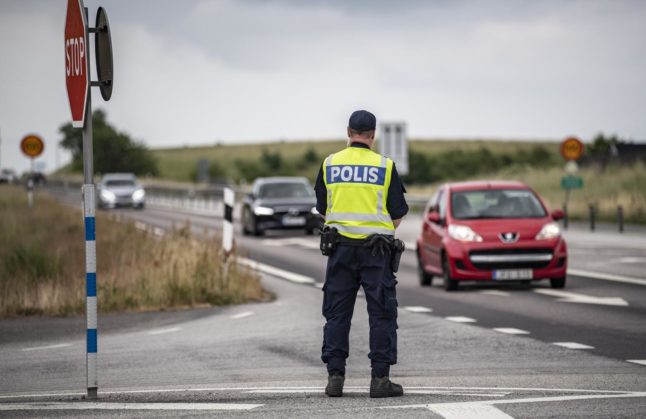From the archive. Published in November 2017.
I'm often asked why we have made the conscious decision not to live in the United States. Most people laugh at the first answer I generally give, which involves a certain person currently residing in a large white house in Washington, D.C. The laughter always stops when I give my second reason: I already worry enough about my children that I don't want to live in fear that they will be gunned down in a mass shooting, at school or anywhere else.
The mass shooting on everyone's mind right now is probably the one in Las Vegas on October 1st that killed 58 people and injured nearly 500. Justifiably so. But as a parent – as well as the wife of a teacher – I am always particularly distressed when I hear of school shootings in my native country. The fourth-deadliest mass shooting in modern American history took place in 2012 at an elementary school in Connecticut, where 20 six- and seven-year-old children and six school employees were massacred. Not to mention the countless other instances – averaging almost one a week – at schools of all levels that systematically kill, injure and traumatize children, young people, and educators.
My heart already skips a beat when I get a call from my children's school. Are they injured? Sick? Did my three-year-old escape again to play in the snow with no coat or boots? The last thing I want to add to that list is the worry that there is an “active shooter” situation at or near my children's school. Or worse. Just recently, a Facebook friend in America posted about just such a situation at her child's school. On a visit to the U.S., another friend's child told me how her school was locked down that day because a kid was flashing what turned out to be a fake gun. Neither one of these incidents occurred in a “bad area.”
That said, “bad areas” are relative. Technically, my entire home state of Texas is a “bad area” for mass shootings. As a recent article pointed out, Texas lags only slightly behind Nevada in the number of victims of mass shootings to-date in 2017. The most recent major mass-shooting occurred in Texas, when 26 people were gunned down in a church. One of the earliest mass shootings I was fully aware of took place in Texas in 1991, when 23 people were slain and 27 injured in a restaurant. That same year, a boy in my high school took a gun to school and hid it in his locker before shooting himself in front of his class.
That year was undoubtedly a turning point of sorts for me. Growing up, I had run around the neighborhood playing with toy guns with my friends. I had watched all the popular television shows where both good and bad guys had guns and used them freely (although, miraculously, no one ever seemed to get shot). Guns were a part of popular culture in many ways, and had always seemed harmless enough, as much as it pains me to say now.
My husband's experience growing up in Spain was naturally quite different, and he is – by his own admission – a great admirer of what he likes to call, “weapons behind glass”. But we have always agreed on our feelings about guns at large. Having children only deepened our awareness of how America's gun culture not only permeates children's lives, but also affects and threatens them directly. When considering whether to live and raise our children in the United States or continue to live in Europe, there's no doubt that the more responsible regulations and attitudes on guns in Sweden were major factors in choosing the latter option.
Terrible tragedies can and do happen anywhere at anytime. Mass killings do occur without the use of guns. Swedes own guns, too (though significantly fewer, proportionately, than Americans), and there is gun violence in Sweden (though, again, it is far less common). I know all these arguments and more, but they just don't fly with me.
Without context, some might argue that Sweden's increase in fatal shootings is a sign that the country might be poised to “catch up” with America. Closer inspection reveals, however, that, as The Local has reported, this increase is due to gang-related violence and criminal networks, a category of deadly gun violence that experts in America believe should not be defined as mass shootings or included in related analysis. In addition, this type of violence does not generally occur in places like schools, churches, family restaurants, etc.
When statistics show that 66 percent of the world's mass shootings over 30 years occurred in the United States, while only 2 percent occurred in Sweden, I feel our decision is validated. With, on average, one mass shooting every day, and one major mass shooting every two months in America, I don't think we are being paranoid. As the number of school shootings in the United States since 2013 now stands at over 250, I am grateful I am living in a country where the most recent violent attack on a school (involving a sword) in 2015 took place 54 years after the last deadly school shooting in Sweden in 1961 killed one and injured seven.
Beyond statistics, the most important thing to us is that we have a peace of mind in Sweden we didn't feel we would have in the United States.
Victoria Martínez is an American historical researcher, writer and author of three historical non-fiction books. She lives in Småland county, Sweden, with her Spanish husband and their two children.
Read more from her family column on The Local here.



 Please whitelist us to continue reading.
Please whitelist us to continue reading.
Member comments